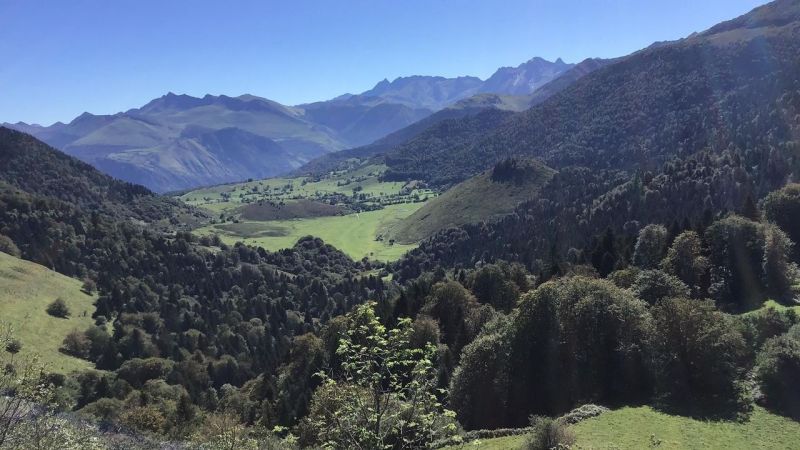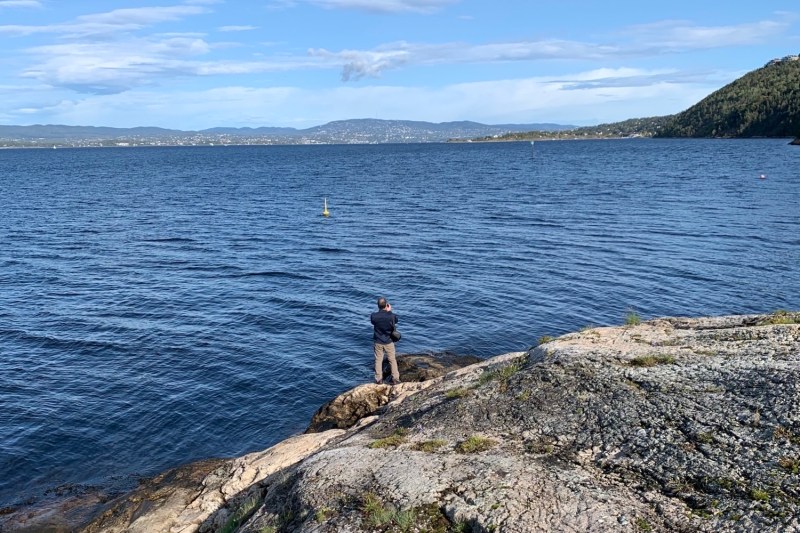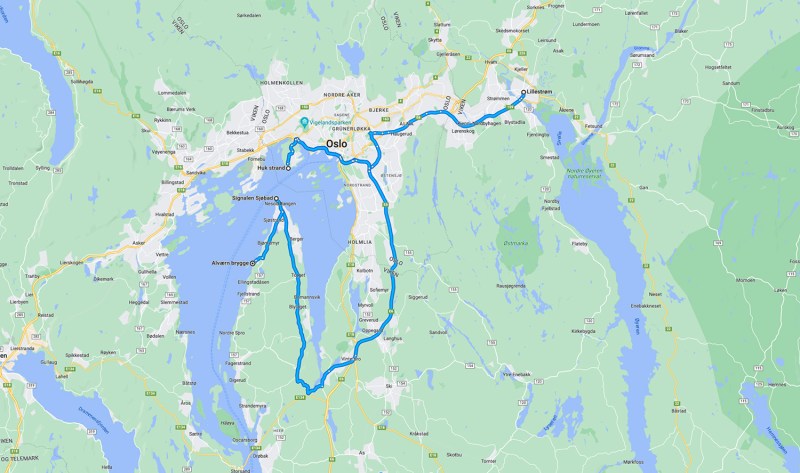Field Trip 1 Exploring natural hydrogen in the Pyrenean piedmont: from source rocks to reservoirs

Field Trip 1
Field Trip 1

Dates
Sunday 1 June 2025 – Monday 2 June 2025 (2 days & 1 night)
Description
Natural hydrogen emanations have been detected and mapped in the Pyrenean Piedmont since the 2020s, leading to the filing of several exploration permits. These hydrogen leaks are located in drainage zones, including the North Pyrenean frontal thrust. The origin of this hydrogen remains debated, but it seems that past or active serpentinisation of the mantle is a likely cause.
Over the course of this two-day excursion, we will present some elements for understanding the natural hydrogen system.
We will first try to understand why so little hydrogen has been detected in the hundreds of exploration and production wells in the oil and gas province of the Aquitaine Basin (Lacq play) (stop J1#1).
The afternoon of Day 1 will be devoted to a visit to the Plateau du Bénou. Here we will see the main source rocks of the Pyrenean hydrogen system, namely the lherzolites (J1#2), the organic-rich Palaeozoic rocks (J1#3) and the gabbros (J1#4). These rocks were brought to the surface by a process of diapirism. The welded structure of the diapir forms an effective drainage zone, which will enable natural hydrogen emanations to be measured in situ. This will enable participants in the field trip to take part in the acquisition of H2 data all along the various outcrops. These data, along with other data collected in parallel by the CVA team (radiometric, geophysical) will then be displayed in the EAGE congress hall.
Day 2 will be devoted to the visualisation of reservoir systems, which are commonplace in the oil industry and potentially of interest in the hydrogen system. The first stop (J2#1) will enable us to observe magmatic basaltic flows that were emplaced at late Cretaceous rifting phase. These volcanic units can constitute small, effective reservoirs. The second stop (J2#2) will be devoted to the Urgonian limestone facies, a classic reservoir in the Pyrenean system. These carbonates were deposited at the beginning of the Cretaceous rifting. The third stop (J2#3) will be devoted to examining the pre-rifting Meillon dolomitic limestones. These carbonates constitute the main reservoir of the Lacq petroleum system. After lunch, the fourth and last stop (J2#4) will be an overview of the North Pyrenean fault and surroundings.
Field Trip Leaders
Pr. Charles Aubourg (University of Pau and Pays de l’Adour)
Dr. Marc Blaizot (GEOLVAL)
Dr. Sabine Delahaye (TOTALENERGIES)
Dr. Gille Fabre (CVA)
Dr. Emmanuelle Baudia (CVA)
Dr. Nicolas Gonthier (Pole Avenia)
Health and Safety
The excursion requires sneakers. Walks do not exceed 30 minutes on Day 1.
Schedule
All time in CEST
| Time | Activity |
|---|---|
| 08:00 | Departure from Toulouse |
| 10:30 | J1#1 Stop Bélair |
| 11:45 | Lunch time |
| 14:00 | Stop J1#2 Benou. Lherzolites |
| 15:00 | Stop J1#3 Benou. Silurien |
| 15:30 | Stop J1#4 Benou. Gabrros (ophite) |
| 17:00 | Stop J1#5 panorama Chainons Bearnais |
| 18:00 | Back in Pau (end of Day 1) |
| Time | Activity |
|---|---|
| 08:30 | Departure from Pau |
| 09:00 | Stop J2#0 Courrège Basalt |
| 09:45 | Stop J2#1 Mail Arrouy fault |
| 10:30 | Stop J2#2 to stop J2#5 Sarrance anticline, observation of reservoirs |
| 13:00 | Lunch time |
| 14:30 | Integration of all observation at the restaurant |
| 15:30 | Back to Toulouse |
| 18:30 | Arrival to Toulouse (end of Day 2) |


Meeting Point
Depart from the conference venue at NOVA Spektrum. The meeting point is at the registration area close to the main entrance in front of hall D.
Kindly remember to:
- Bring your delegate badge.
- Be at the meeting point at least 20 mins before departure.




